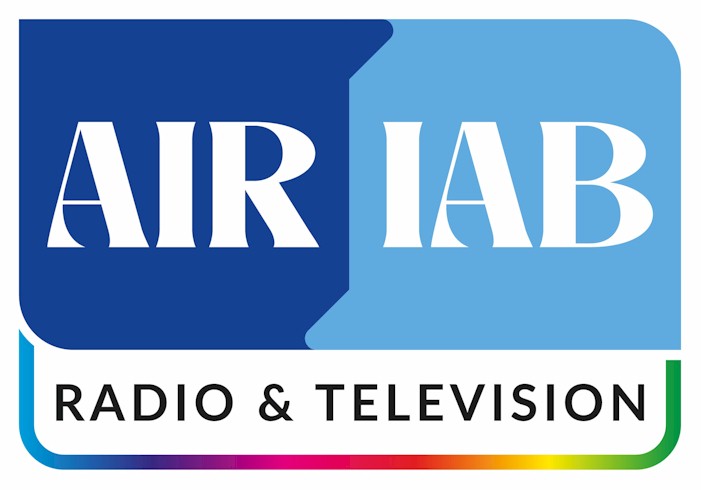Radio | A Wall Street view of "the most efficient reach medium"
“It's time to give radio stocks another look.” That’s the word from B. Riley Securities media and communications analyst Dan Day in a note to clients on Tuesday. Day’s advice to investors is based on Edison Research’s Q4 202 Share of Ear data. “In contrast to widespread perceptions that radio has lost relevance versus other forms of audio media, the annual Share of Ear report indicates that AM/FM radio continues to dominate ad-supported audio,” Day writes. He cites Westwood One’s analysis of the study showing radio with a 76% share of overall ad-supported audio (and a dominant 40% when subscription-based audio services are included). “In the car, radio's dominance is even more pronounced,” Day writes, noting that AM/FM’s ad-supported audio share held steady at 88% among persons 18+ since 2019.
Acknowledging that Generation Z and Millennials “listen to less radio than their parents,” Day posits that “they make it up in podcast. For the youngest demographic, 21% of ad-supported TSL consists of podcasts, nearly double the 11% share for the overall sample,” Day writes in the note.
The three largest radio companies – iHeartMedia, Audacy and Cumulus Media, all of which B. Riley covers – are players in the growing podcast space “and are well-positioned to benefit from increasing consumption of podcasts,” he says.
Day makes the case that with listening holding steady and increasing confidence that social distancing restrictions are mostly over, “radio stocks offer an attractive risk/reward profile over the next 12-24 months, in our view.”
Radio stocks remain “well above” their spring 2020 lows, Day writes, when COVID-caused ad pullbacks took the wind out of radio’s sails. But shares “failed to maintain a sustained rally in 2021 amidst the on-again, off-again restrictions,” along with supply chain bottlenecks and labor shortages, especially in the second half of the year.
Radio Stocks ‘Attractively Valued’
As Americans return to less encumbered lifestyles, B. Riley Securities says the radio stocks it covers are “attractively valued.” If ad spending on broadcast radio continues to recover throughout 2022 and into 2023, like the investment firm expects it to, Day says all three companies should meet or beat their 2019 earnings levels by 2023, with iHeart expected to do so in 2022. His outlook calls for “healthy free cash flow” from radio’s three largest companies.
- Riley’s estimates assume that “broadcast radio ad revenue recovers to 85%-95% of 2019 levels by 2023 (we do not assume a full recovery) before gradually declining thereafter.” However, earnings will surpass 2019 levels, thanks to cost cutting and growth in digital revenues, mainly from podcasts, streaming radio, and digital marketing services.
Day isn’t too worried about runaway inflation and soaring gas prices since they shouldn’t hurt radio’s biggest growth categories, such as sports betting and crypto. Besides, radio has shown it can pass along inflationary costs to advertisers in the form of modest rate hikes.
Day calls radio “the most cost-efficient reach medium” with a median cost per thousand impressions (CPM) of $6.75 versus $10 for mobile/desktop video, $12-$19 for cable TV, $20-$36 for broadcast TV, $30 for OTT video, and $47 for newspaper. Local businesses “most negatively impacted by inflation and energy prices may choose to reduce ad spending by increasing radio spend versus higher-cost alternatives,” he reasons.
With these three companies cranking out a lot of free cash flow, Day says their short-term financial priority is paying down debt, before returning money to shareholders in the form of dividends, stock buybacks or through acquisitions.
